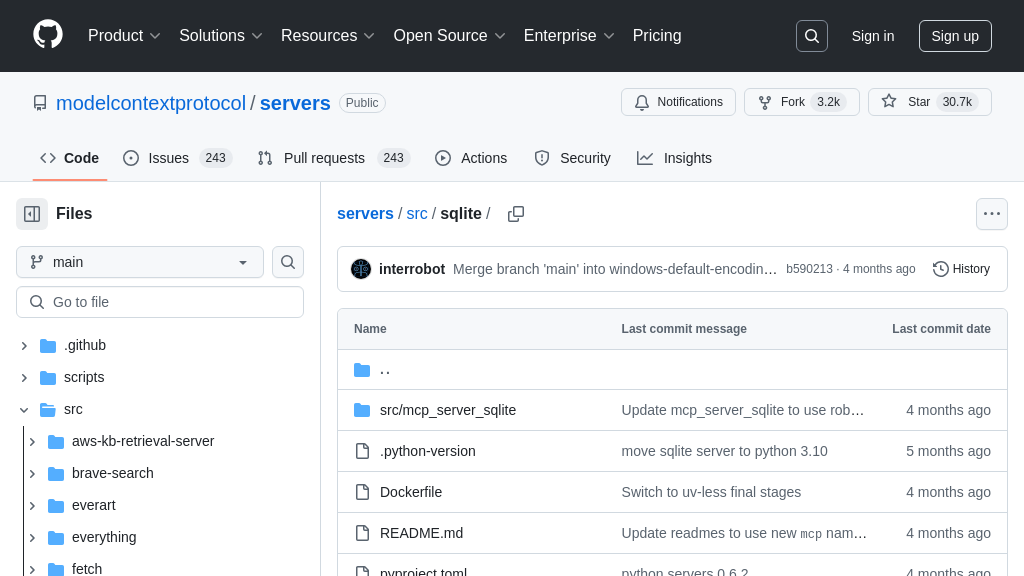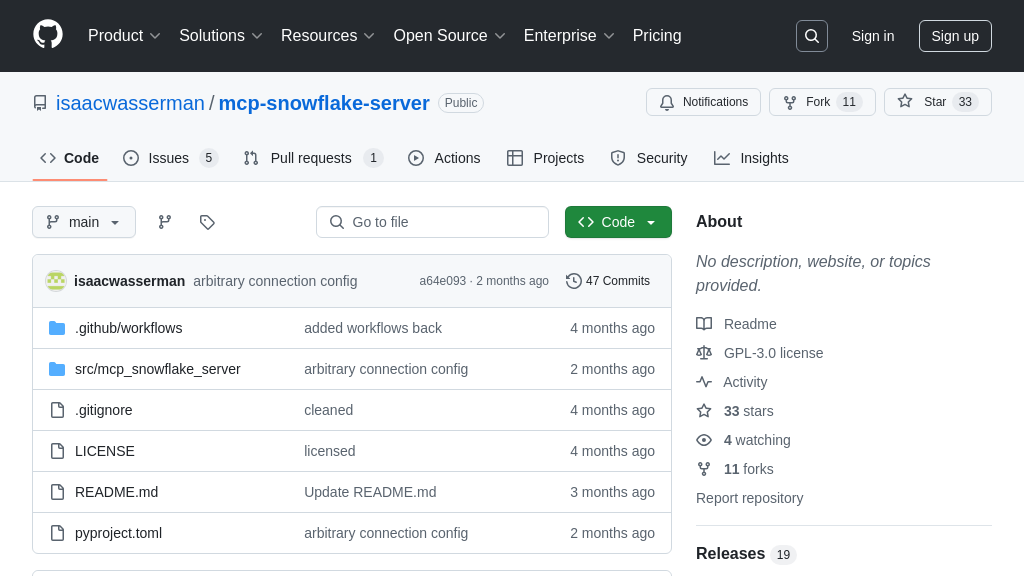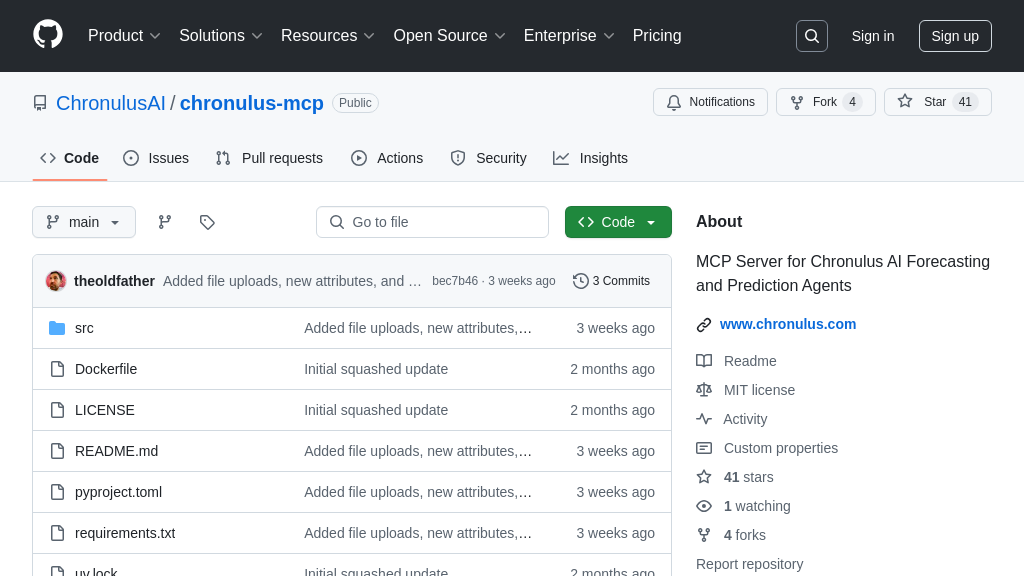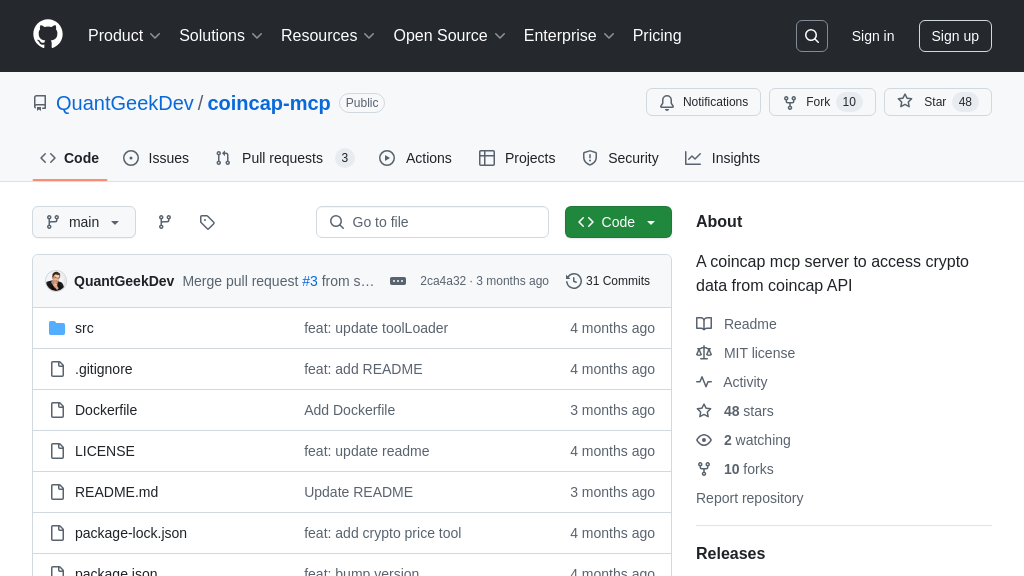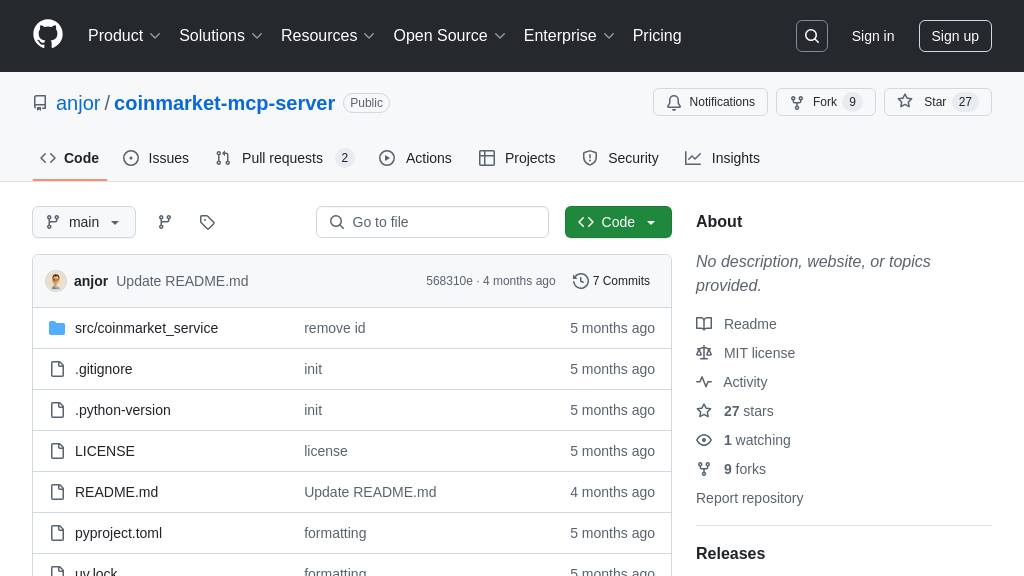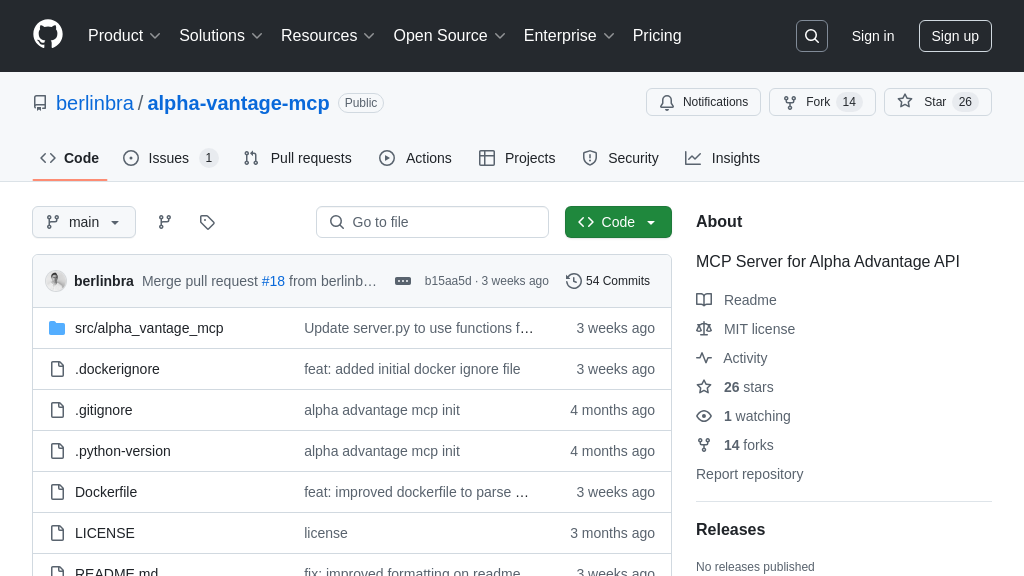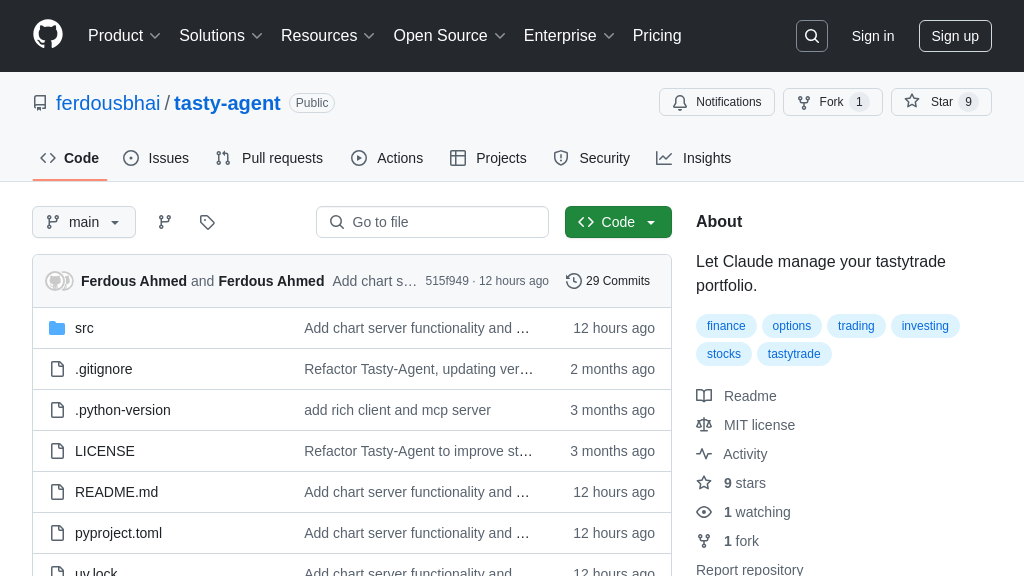pancakeswap-poolspy-mcp
PancakeSwap PoolSpy MCP: Real-time PancakeSwap pool tracking for DeFi insights.

pancakeswap-poolspy-mcp Solution Overview
PancakeSwap PoolSpy MCP Server is a valuable tool for DeFi analysts, traders, and developers, functioning as an MCP Server that delivers real-time tracking of newly created liquidity pools on PancakeSwap. It empowers AI models with up-to-the-minute data on emerging DeFi opportunities.
This server features customizable queries, allowing users to specify a time range (defaulting to 5 minutes) and a limit on the number of pools returned (defaulting to 100). It provides detailed metrics, including pool address, tokens, creation timestamp, block number, transaction count, volume (USD), and total value locked (USD). By integrating this MCP server, AI models can gain immediate insights into market trends, enabling informed decision-making and automated trading strategies.
The server is implemented in Python and leverages The Graph API to access PancakeSwap subgraph data. Developers can easily install and configure the server, then use the get_new_pools_bsc tool to fetch and analyze pool data, enhancing their AI-driven DeFi applications.
pancakeswap-poolspy-mcp Key Capabilities
Real-Time Pool Tracking
This feature continuously monitors the PancakeSwap blockchain for newly created liquidity pools. It operates by querying The Graph's PancakeSwap subgraph at regular intervals, defined by the time_range_seconds parameter. The server then processes the data, extracting key metrics such as pool address, associated tokens, creation timestamp, block number, transaction count, volume (USD), and total value locked (USD). This real-time tracking allows for immediate detection of emerging pools, providing a significant advantage in fast-moving DeFi markets.
For example, a DeFi trading bot could use this feature to automatically identify and analyze new pools, potentially executing trades based on pre-defined criteria such as liquidity, volume, or token pairings. This enables automated participation in newly formed markets, maximizing potential returns. The technical implementation relies on asynchronous HTTP requests to The Graph API and efficient data parsing to minimize latency.
Customizable Data Queries
The get_new_pools_bsc tool offers customizable queries, allowing users to tailor the data retrieval based on specific needs. The time_range_seconds parameter adjusts the look-back window for new pool creation, while the limit parameter controls the maximum number of pools returned. This flexibility enables users to focus on specific timeframes and manage the volume of data processed.
For instance, a researcher studying the impact of market events on new pool creation could use a shorter time_range_seconds to analyze pools created immediately after an event. Conversely, a risk management system might use a larger limit to ensure comprehensive monitoring of all new pools, regardless of their initial size. This customization is achieved through optional parameters in the get_new_pools_bsc tool, allowing clients to specify their desired query parameters.
Detailed Pool Metrics
The server provides comprehensive metrics for each identified liquidity pool. These metrics include the pool address, the tokens involved in the pool (e.g., WETH/USDC), the exact creation timestamp, the block number on the blockchain, the number of transactions processed by the pool, the trading volume in USD, and the total value locked (TVL) in USD. This detailed information allows for in-depth analysis of each pool's performance and potential.
For example, a liquidity provider could use these metrics to assess the profitability of providing liquidity to a new pool, considering factors such as trading volume, TVL, and transaction count. Similarly, a DeFi analyst could use the data to identify trends in token pairings or to assess the overall health of the PancakeSwap ecosystem. The metrics are extracted directly from The Graph's subgraph data and formatted into a human-readable string for easy consumption by clients.
